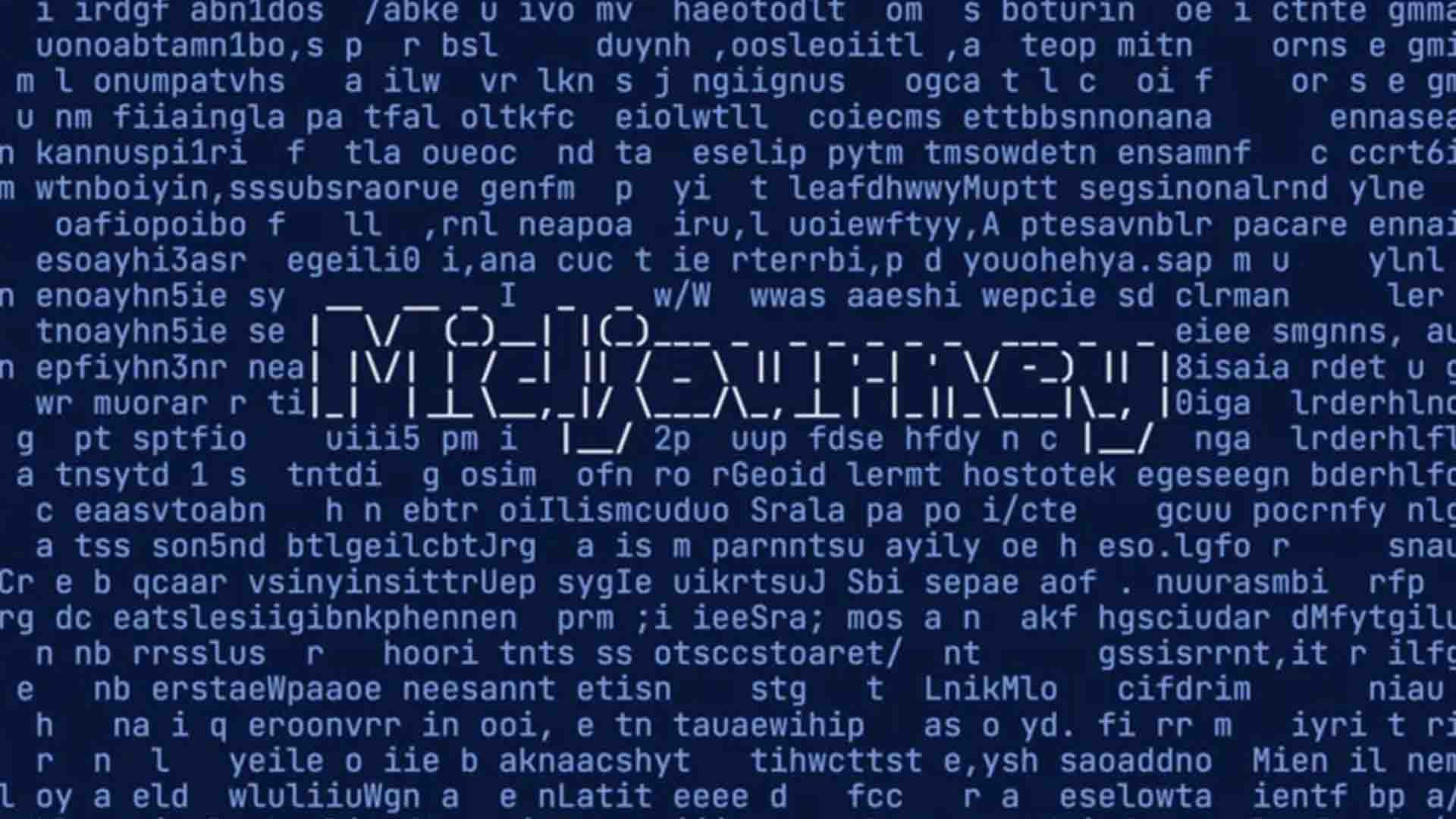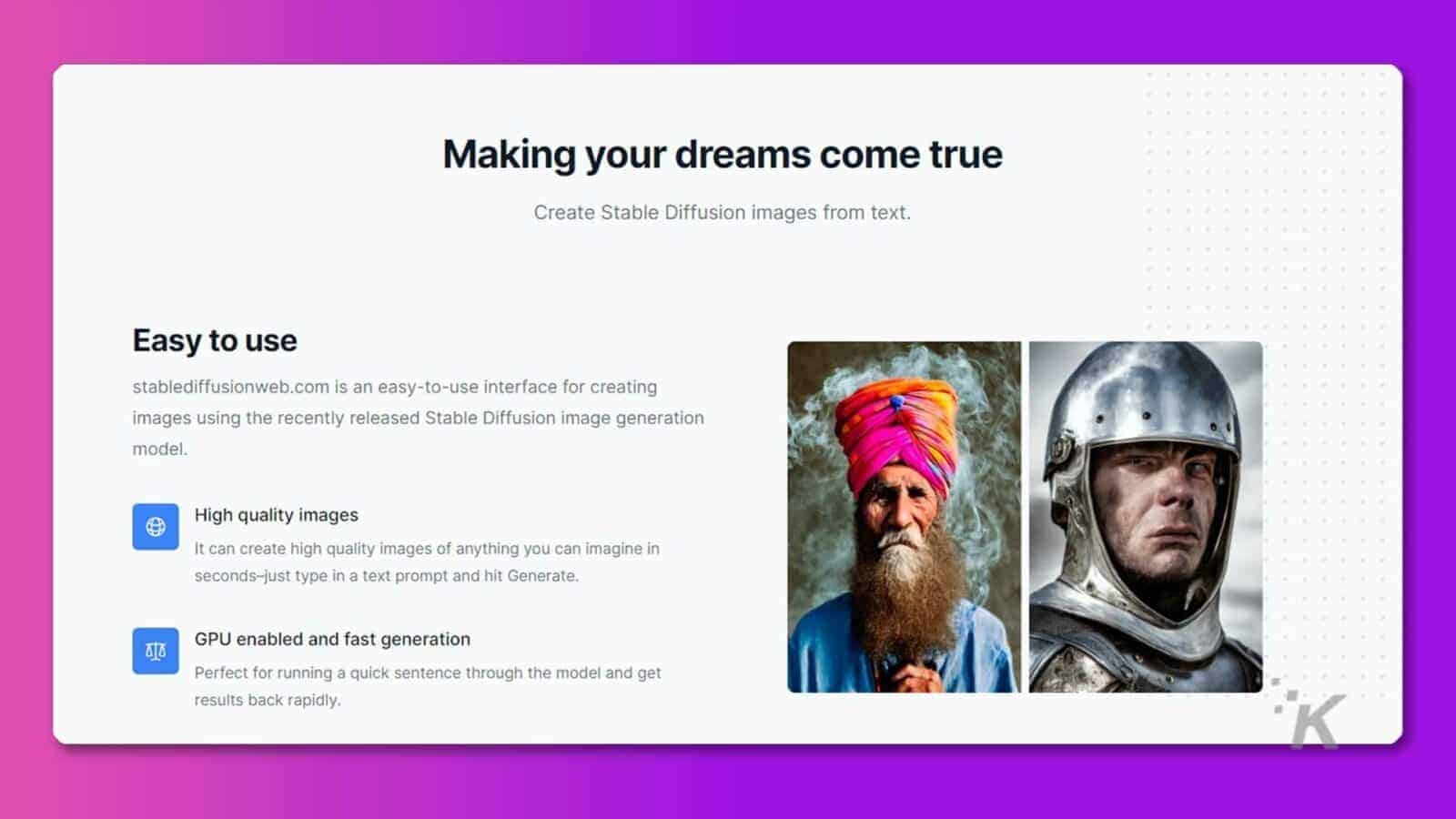AI
A comprehensive look at Midjourney and Stable Diffusion
Delve into the concepts of midjourney and stable diffusion, unravel their differences, and understand their critical roles in the successful propagation of new ideas and technologies.

Just a heads up, if you buy something through our links, we may get a small share of the sale. It’s one of the ways we keep the lights on here. Click here for more.
The spread of new ideas, technologies, or practices within a social system – a process known as innovation diffusion – is a critical factor that influences societal progress and organizational success.
Among the different stages of this process, the terms Midjourney and stable diffusion frequently emerge. Each phase represents a distinct stage of diffusion, characterized by unique dynamics, impacts, and strategic approaches.
This article provides an in-depth comparison of both Midjourney and stable diffusion, with the aim of shedding light on their unique roles within the broader landscape of innovation diffusion.
A deeper dive into Midjourney Diffusion
Midjourney diffusion refers to the phase of innovation diffusion where the innovation is in the midst of being adopted across a network.
This stage commonly follows the initial acceptance of the idea by innovators and early adopters but precedes the full integration of the innovation by the late majority and laggards.
The Midjourney phase is a pivotal point in the diffusion process as it’s here that the bulk of the population begins to embrace the innovation. For effective usage of Midjourney, Gate2AI offers instructive resources.
During this phase, the rate of adoption often grows at an accelerated pace. The benefits and viability of the innovation become increasingly apparent and widely understood.
This phase is characterized by a transition from individualistic decision-making processes to ones that are heavily influenced by societal norms and behaviors.
The decision to adopt or reject the innovation becomes less about personal preference and more about conformity to the behavior of others in the social system.
Unpacking Stable Diffusion

Stable diffusion, in contrast, is the phase in which innovation has been widely accepted and ingrained within the social system.
It usually follows the Midjourney phase and signifies the point at which the innovation has transitioned from being a novelty to becoming the norm within the community or organization.
In the stable diffusion phase, the rate of adoption typically decelerates as the majority of the population has already embraced the innovation.
The focus during this phase shifts towards sustaining the use of the innovation and maximizing its benefits. This phase is characterized by widespread acceptance, routine use, and the seamless integration of innovation into the social system’s structure.
Drawing distinctions: Midjourney vs. Stable Diffusion
While both phases are integral components of the innovation diffusion process, they offer significantly different characteristics and implications.
The Midjourney phase, characterized by rapid growth and a heavy influence of social norms, demands strategies that emphasize the benefits of innovation and foster positive societal norms around its use.
Conversely, the stable diffusion phase, marked by widespread acceptance and habitual use, necessitates strategies that maintain the innovation’s usage and maximize its benefits.
Understanding these differences is paramount for those seeking to promote the diffusion of innovation.
This knowledge can guide the development of customized strategies that cater to the unique needs and challenges of each phase, ultimately enhancing the likelihood of successful innovation diffusion.
Expanding the scope: The broader implications of Midjourney and Stable Diffusion

Not only do the concepts of Midjourney and stable diffusion provide valuable insights into the dynamics of innovation diffusion, but they also have broader implications for societal and organizational change.
By understanding the different phases of diffusion, leaders can better manage change, whether it involves the implementation of new technology in an organization, the promotion of social behavior within a community, or the introduction of a new policy at a governmental level.
Conclusion
Innovation diffusion is a multifaceted process influenced. Here is some more detailed information about the tools Midjourney, Stable Diffusion, and Spellbrush:
Midjourney:
Midjourney is a generative artificial intelligence program and service created and hosted by the San Francisco-based independent research lab, Midjourney, Inc.
This tool is used to generate images from natural language descriptions, similar to OpenAI’s DALL-E and Stable Diffusion. Midjourney, Inc. was founded by David Holz, who previously co-founded Leap Motion.
The company has been continually improving its algorithms, releasing new model versions every few months, with the most recent version being V5.2, released on June 22, 2023.
Midjourney is currently only accessible through a Discord bot on their official Discord server.
Stable Diffusion:
Stable Diffusion is a deep learning, text-to-image model released in 2022, developed by researchers from the CompVis Group at Ludwig Maximilian University of Munich and Runway.
Unlike other proprietary text-to-image models such as DALL-E and Midjourney, which are accessible only via cloud services, Stable Diffusion’s code and model weights have been released publicly and can run on most consumer hardware equipped with a modest GPU with at least 8 GB VRAM.
Stable Diffusion uses a kind of diffusion model called a latent diffusion model, and with 860 million parameters in the U-Net and 123 million in the text encoder, it is considered relatively lightweight by 2022 standards.
Spellbrush:

Spellbrush is a generative artificial intelligence tool developed by OpenAI. This tool can generate images from textual descriptions, similar to DALL-E and Midjourney.
The unique feature of Spellbrush is its ability to generate images in a variety of artistic styles, including anime, watercolor, oil painting, and sketching.
Spellbrush is currently accessible through a Discord bot, and the company has a business model that involves charging a cost for each rendering.
I ran out of time before I could find detailed information about how these tools are being used in the advertising industry. I would recommend searching for recent articles or case studies about the use of AI tools in advertising for more detailed information.
Have any thoughts on this? Drop us a line below in the comments, or carry the discussion to our Twitter or Facebook.
Editors’ Recommendations:
- Using generative AI for business growth
- How AI is transforming the future of language learning
- Opera adds ChatGPT-powered AI panel in its newest browser
- Given the right description, this AI can create wild works of art
Disclosure: This is a sponsored post. However, our opinions, reviews, and other editorial content are not influenced by the sponsorship and remain objective.





























Leigh
October 9, 2023 at 12:29 am
So an Ai was used to write and totally botch this article. It spends most of its time referencing both applications as being different phases of adoption of practices etc within a social system. Not discussing them as applications . Someone should have proof read this.
Kevin Raposo
October 11, 2023 at 10:03 pm
Hi there – Kevin here, editor-in-chief here at Knowtechie. Thank you for sharing your feedback on the article.
However, I would like to clarify that this particular article was actually sponsored content written by an advertiser. As such, the views and opinions expressed in the article are solely those of the sponsor and not reflective of KnowTechie’s own views or editorial standards.
We do strive to maintain high-quality content throughout our publication, and we appreciate your feedback. If you have any further questions or concerns, please feel free to reach out.